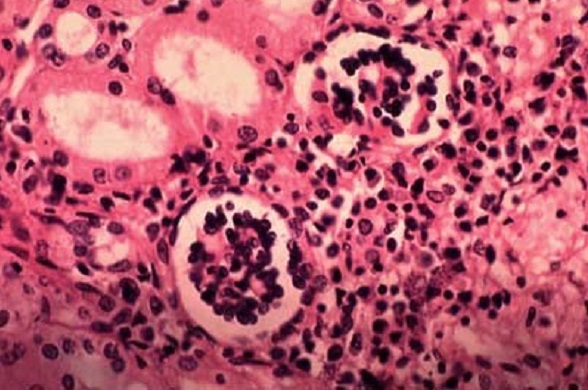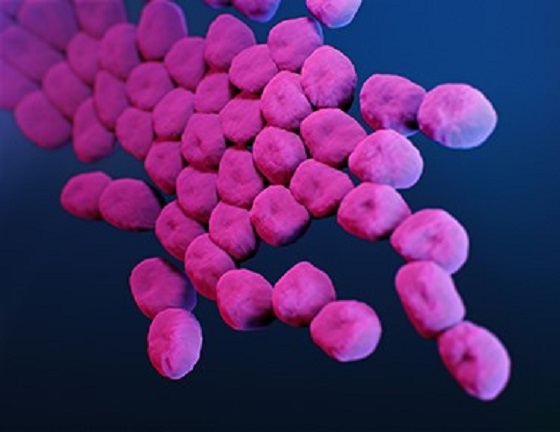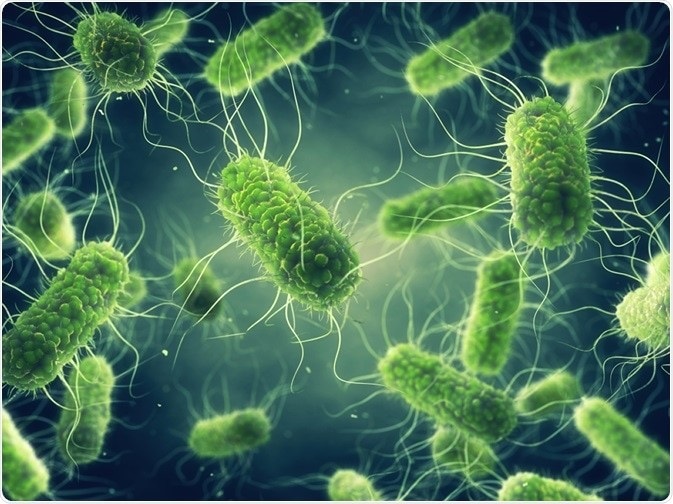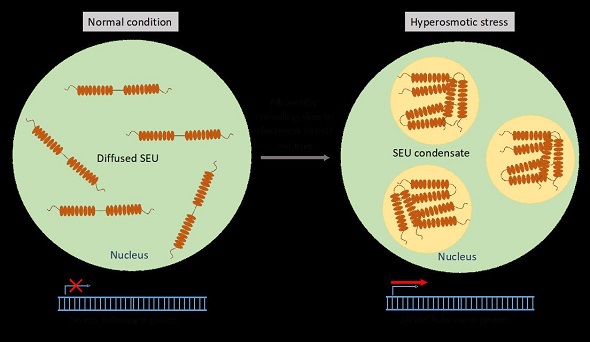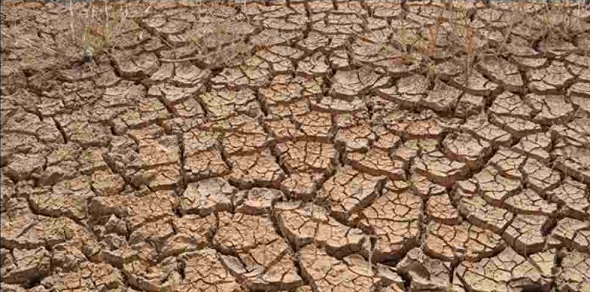
Soil degradation is soil quality’s physical, chemical, and biological decline. It can be due to the loss of organic matter, decline in soil fertility and structural condition, erosion, adverse changes in salinity, acidity or alkalinity, effects of toxic chemicals, pollutants, or excessive flooding. A team of Indian researchers has prepared a digital map suggesting site-specific fertiliser use to stop soil degradation.
“The main factors are anthropogenic misuse of the soil through non-scientific, indiscriminate, and non-sustainable intensive usage of agricultural inputs such as fertilizers,” researchers inform.
To achieve higher nutrient use efficiency and better crop yield, fertilizer recommendation approaches should consider crop needs and the existing soil nutrient pool. “The desired balance of nutrients in the soil can be achieved by soil test-based fertilizer recommendations, which also ensure an increase in fertilizer use efficiency,” researchers further explain.
The Soil Test Crop Response (STCR) approach is considered one of the most scientific methods for fertilizer recommendation and mapping. The yield target can be decreased or increased based on the farmers’ economic resources of the farmers and fertilizers’ availability. This also provides the actual balance between the soil available and fertilizer nutrients.
The research team from the University of Agricultural Sciences, Bengaluru; National Institute of Abiotic Stress Management, Pune; and the Indian Council for Agricultural Research-Indian Institute of Seed Science, Bengaluru, considered two important crops, paddy and maize, grown mainly with a wide range of fertilizers and have different nutrient use efficiency.
Soil degradation is soil quality’s physical, chemical, and biological decline. It can be due to the loss of organic matter, decline in soil fertility and structural condition, erosion, adverse changes in salinity, acidity or alkalinity, effects of toxic chemicals, pollutants, or excessive flooding. A team of Indian researchers has prepared a digital map suggesting site-specific fertiliser use to stop soil degradation.
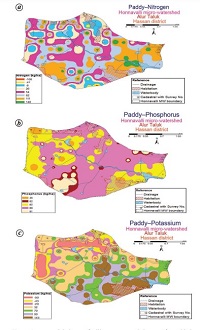
The study area was classified into different fertility zones by considering the soil test values of the major available nutrients. The actual N, P, and K fertilizer nutrient recommendations were derived using the fertilizer prescription equations based on the targeted yield approach.
The study team worked on defining the soil fertility status and fertilizer recommendation mapping to provide balanced nutrition through soil test-based fertilizer recommendation using GIS technique coupled with STCR approach. The case study was conducted at the Honnavalli micro watershed of Hassan district, Karnataka.
Using fertilizer adjustment equations, the study team proposed a fertilizer recommendation map and a nitrogen, phosphorus, and potassium recommendation map for paddy and maize.
“The generated fertilizer recommendation maps using the ArcGIS platform would help farmers and researchers in the precise management of nutrients (N, P and K),” researchers believe.
The results of this study have significant implications for site-specific agriculture/farming by using remote sensing, Global Positioning System (GPS), and Geographical Information System (GIS).
India contributes 10% of globally degraded land. The approach could help reduce the excessive use of fertilizers, thereby reducing land degradation and input costs for farmers.
The study has been supported by Karnataka Watershed Development Project and published in the Current Science. The team comprised Basavaraj Biradar, H. M. Jayadev, Hanamant M. Halli, and Manjanagouda S. Sannagoudar.
India Science Wire
ISW/SM/ICAR/fertilizer/Eng/26/05/2023
